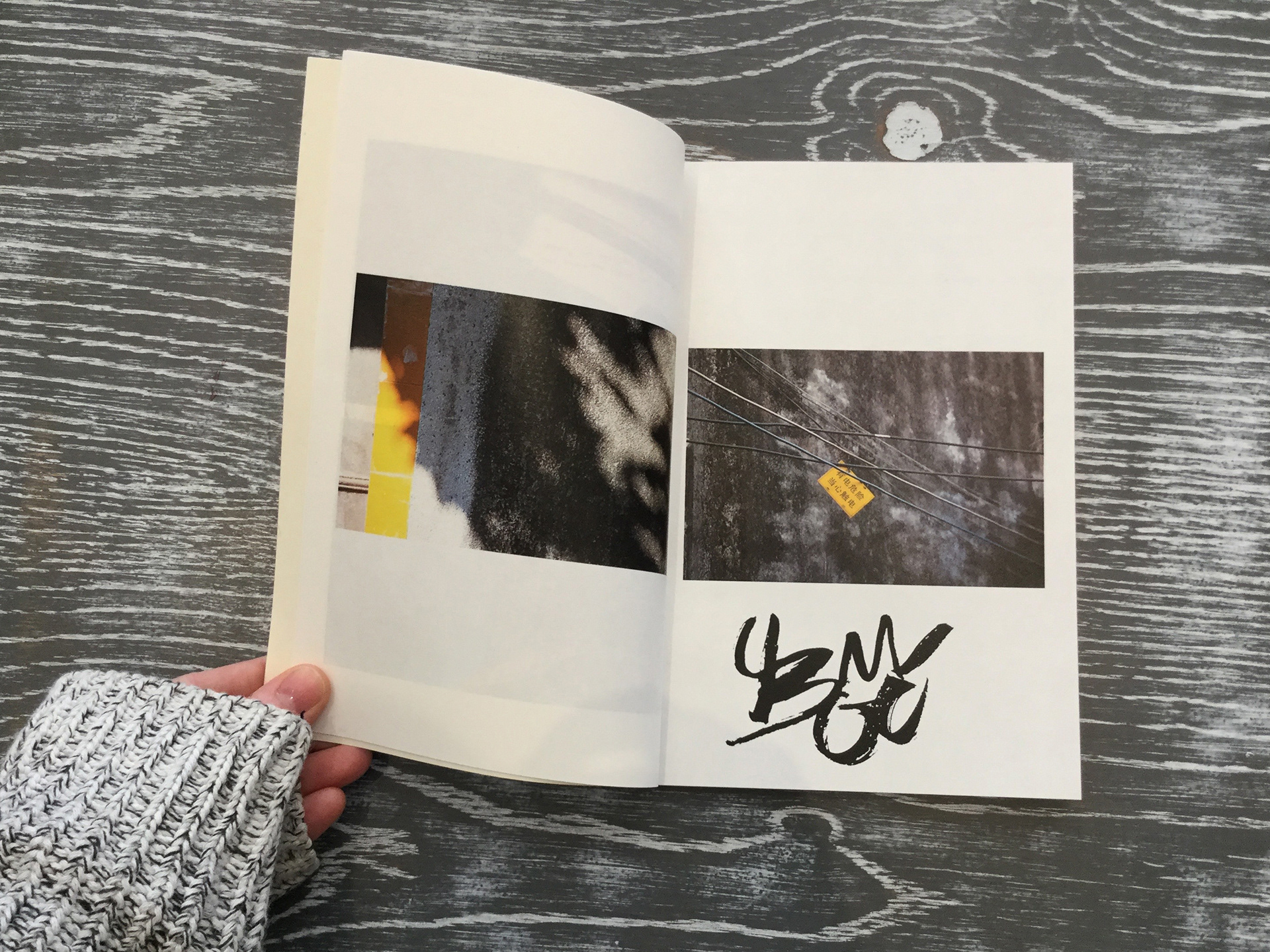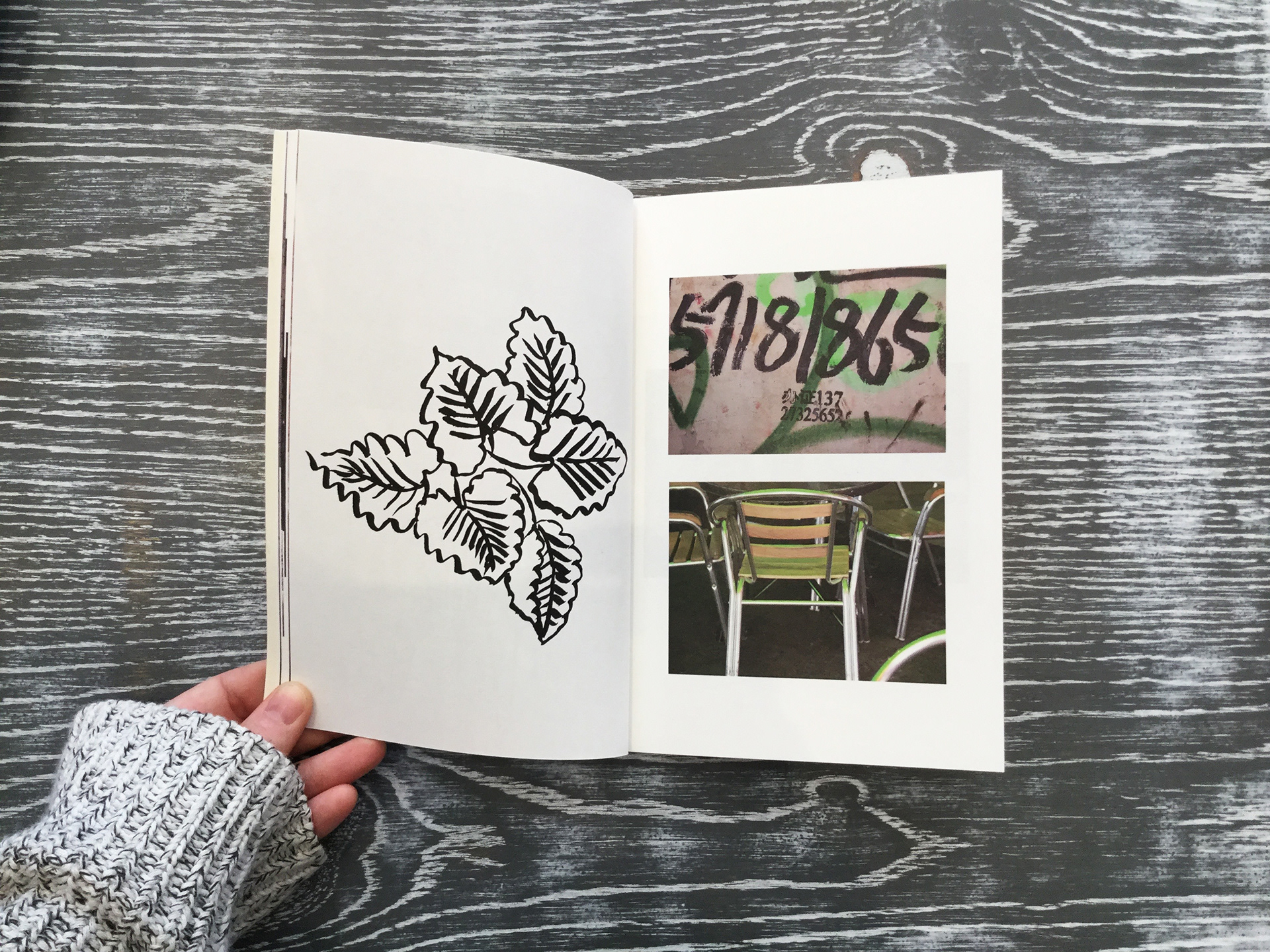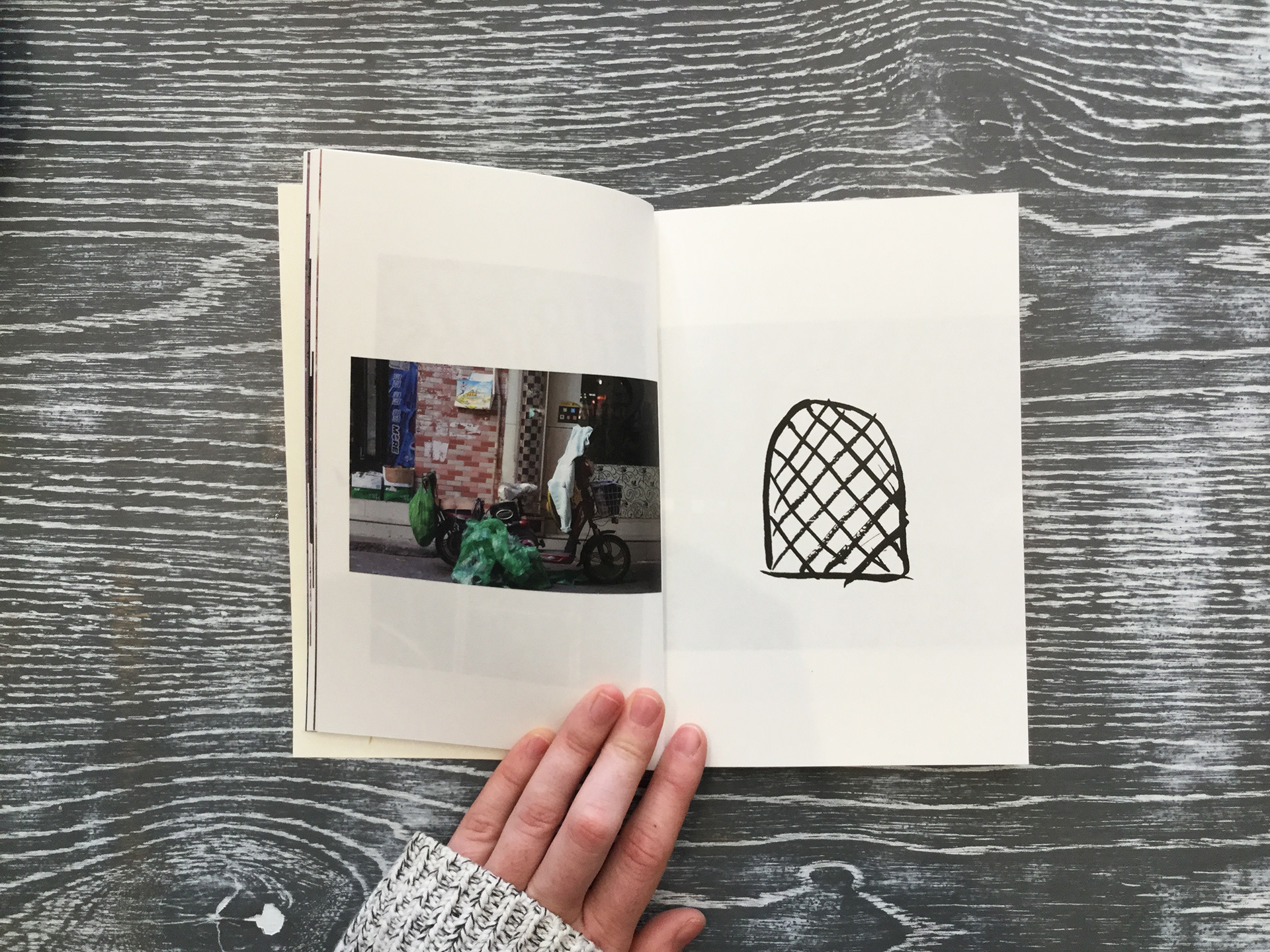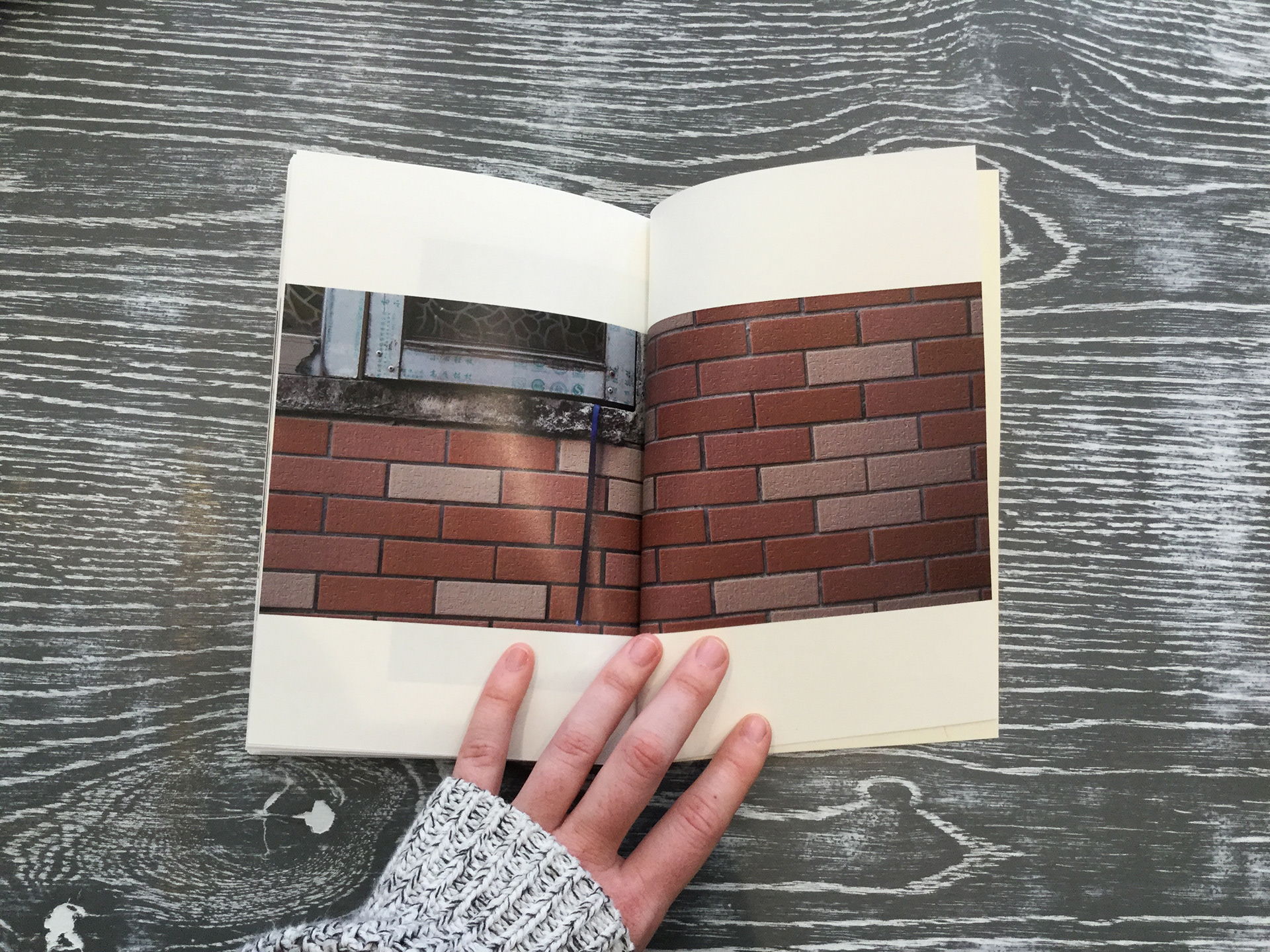During my time in Nanting, I was drawn to the incredible textures and colors that make up the town. The small but vibrant community is made up mostly of farmers and students from the local art university. Because of this, it's an incredibly beautiful, strange, and fascinating place. The gridded walls of the homes and neon plastics of restaurant tables create a unique backdrop for rows of art supply stores and stretcher bar factories. I absorbed the objects of the village as a kind of language that I could overlay my own meaning onto. Piles of rubble and old abandoned artworks became landmarks, friendly faces, and public art. I wanted the exhibition to bring my translation to life.




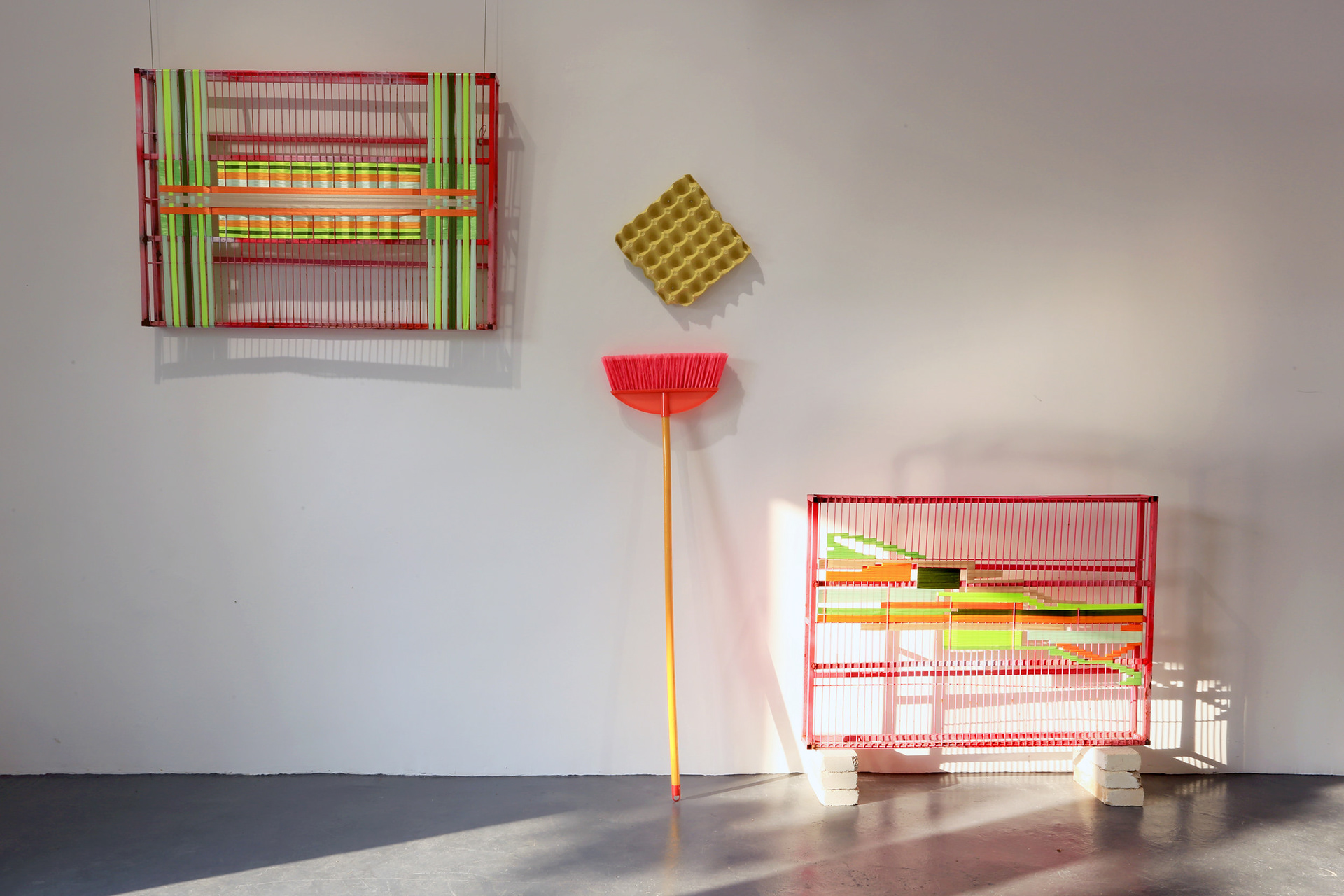
Additionally, after many days of wandering around and absorbing the town, my partner and I decided to do an experimental video with some major constraints. First, we could only use objects and people found in Nanting. Second, we had to collect everything and shoot the entire film in one day. By simply rearranging the space and materials we were provided with, we wanted to see if we could create something surreal out of our day-to-day commute. To our surprise and excitement, everyone was very interested and accepting of our project with many shop keepers and locals allowing us to use their property and objects for the film. This simple experiment opened our eyes to a whole new expression of Nanting without actually altering anything.



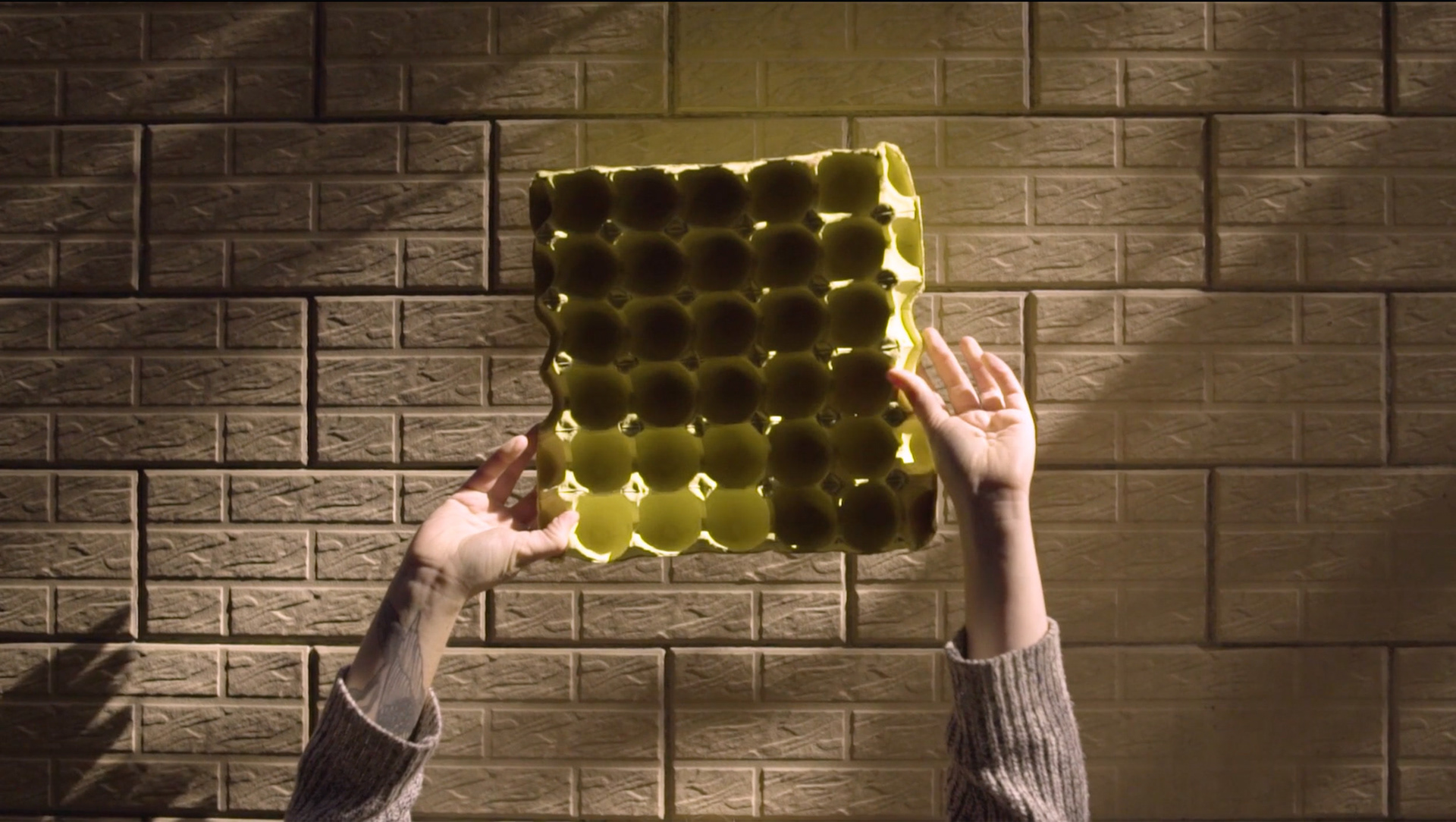
The last piece of the exhibition was a zine of photographs and drawings I made during the residency. The content for this book was first written in English, and then translated back and fourth from English to Chinese multiple times. Each translator only had the previous version. The purpose of this exercise was to see how the text would evolve and what would be gained and lost in each persons interpretation of it.









